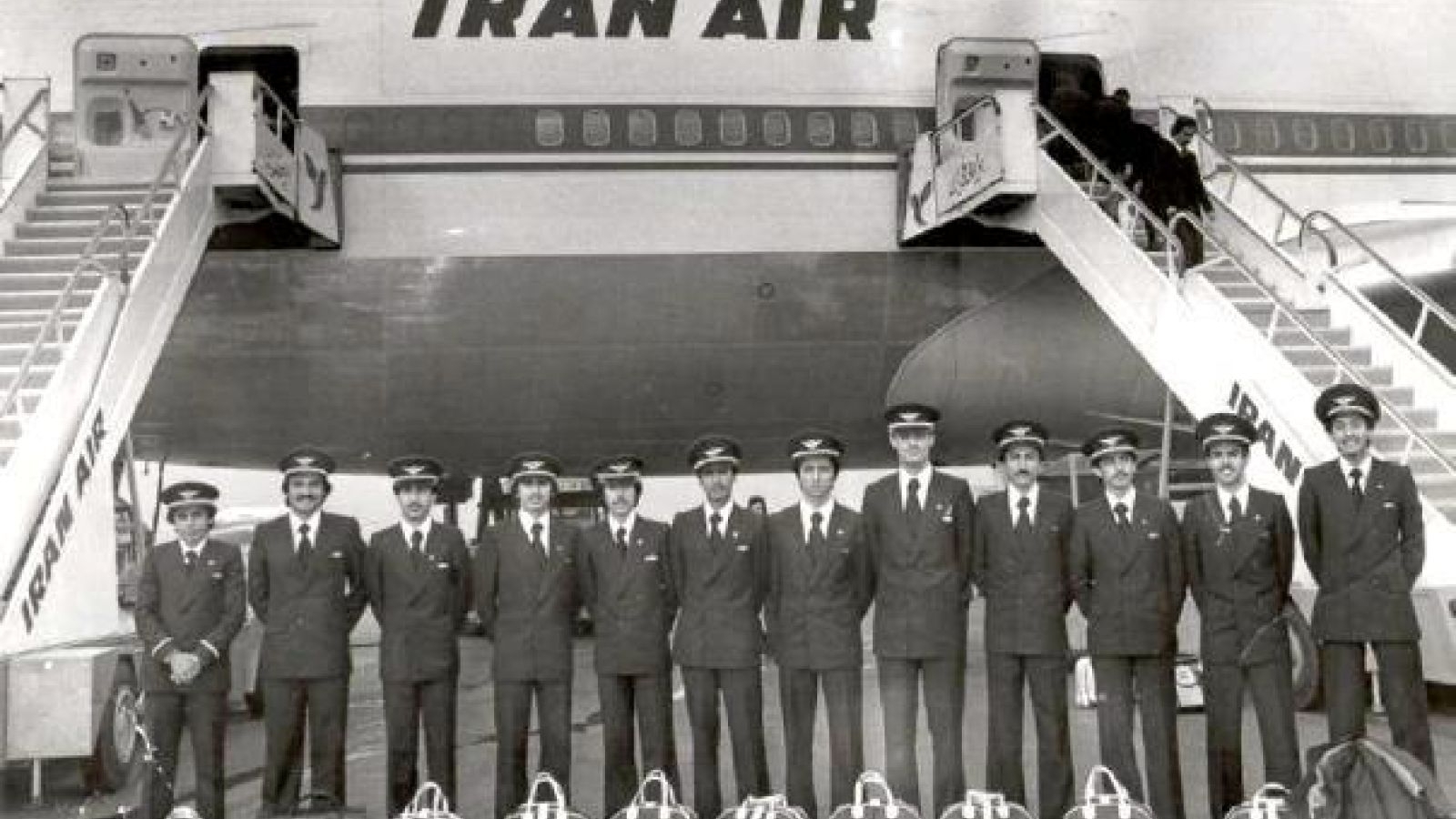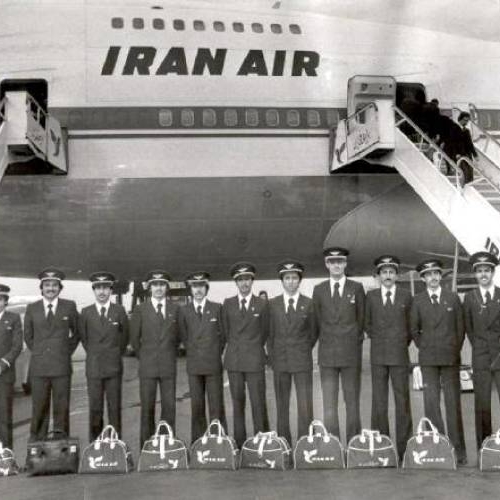Public Air Transport During the Pahlavi Era and the Importance of Iranian Aviation in the World

Air Transport
During the Pahlavi era, public air transport witnessed significant progress due to extensive investments and strategic planning. Iranian aviation became one of the most important and advanced in the region, earning a special position globally.
During the Pahlavi era, public air transport witnessed significant progress due to extensive investments and strategic planning. Iranian aviation became one of the most important and advanced in the region, earning a special position globally.
1. Establishment and Development of Iran Air: Iran Air, known as "Homa," was established in 1961 and quickly became one of the most reputable airlines in the region and the world. With a modern fleet and advanced facilities, the airline covered numerous domestic and international flights, playing a key role in facilitating the movement of people and strengthening commercial and tourism connections.
2. Advanced Fleet and High-Quality Services: Iran Air earned a global reputation due to its modern fleet, which included aircraft like Boeing and Airbus, and its high-quality services. The airline was recognized as one of the best in the world, gaining the trust of both domestic and international passengers.
3. International Flights and a Global Network: Iran Air established flights to various destinations in Europe, Asia, and the Middle East, creating an extensive network of routes. This positioned Iran as a major air transit hub, attracting many passengers traveling between different parts of the world.
4. Strategic Importance of Iran in Air Transport: Due to Iran's strategic geographic location on international flight routes, the country played a vital role in air connections between Europe and Asia. Iran Air leveraged this advantage to secure a significant position among global airlines.
5. Construction of a New Airport in Tehran: One of the key projects during the Pahlavi era was the construction of a new airport in Tehran, designed with consideration for Iran's high altitude above sea level. This natural feature facilitated easier takeoffs and landings, resulting in significant time and fuel savings for aircraft. If this airport had been fully operational and continued to function, major transit hubs such as Dubai and Istanbul might not have gained their current level of importance.
The Global Significance of Air Transport and Iran Air’s Position
In the late Pahlavi period, Iran Air was recognized as one of the world’s leading airlines due to its high-quality services and consistent flight schedules. The airline's high service standards and flight safety made it a symbol of modern and advanced air transport in the region. As a pioneer in offering premium services, Iran Air significantly contributed to international connectivity and the expansion of air tourism and trade.
Overall, the Pahlavi era's focus on developing public air transport and strengthening related infrastructure transformed Iran into a major air hub in the region and the world. Iran Air (Homa) became a symbol of progress and modernity, recognized not only in Iran but also on an international scale, holding a significant place in the global air transport industry.
